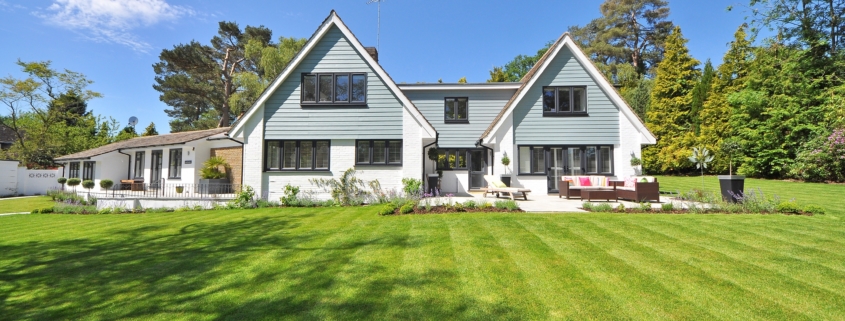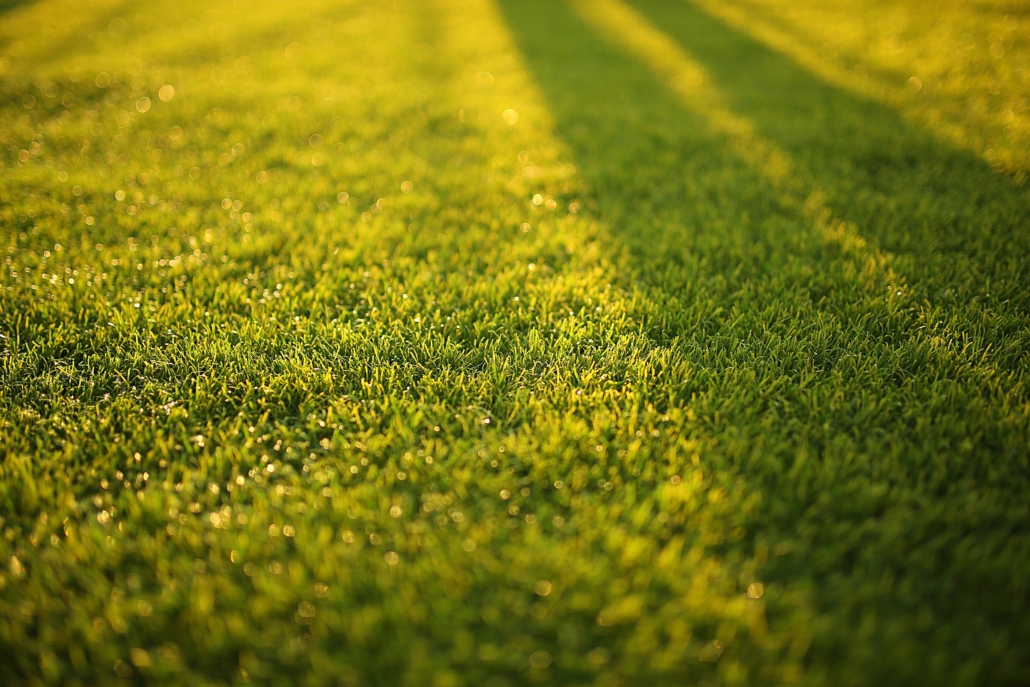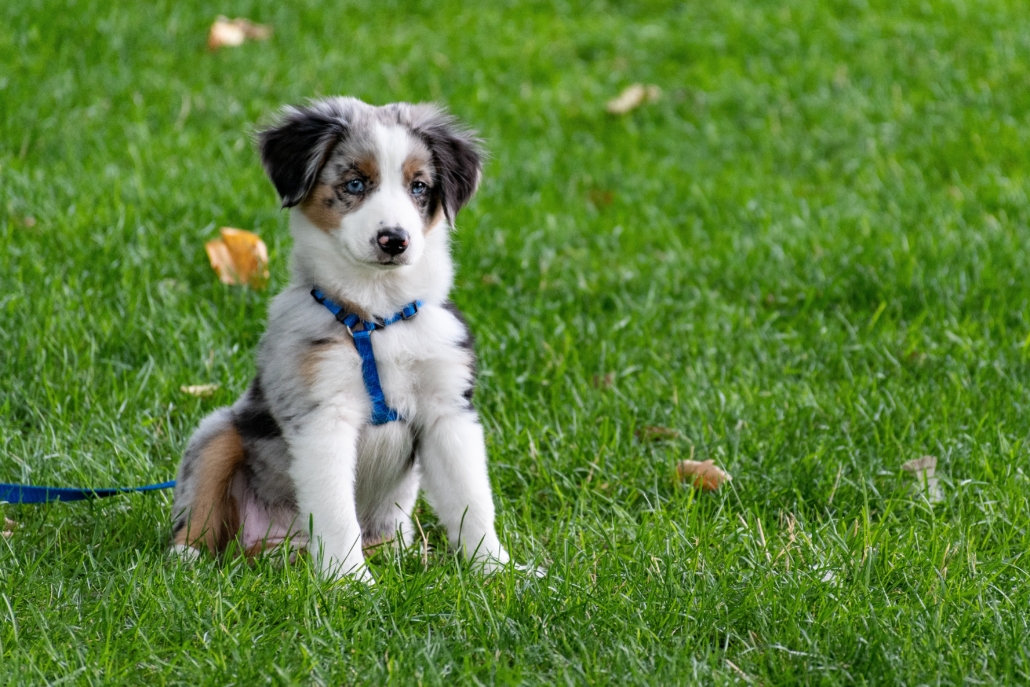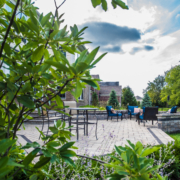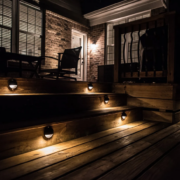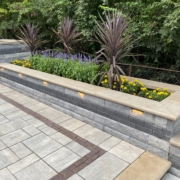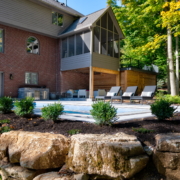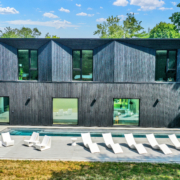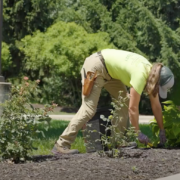Beat the Heat: Keep Your Lawn Green and Healthy in Summer
It’s official, ladies and gentlemen: the smell of freshly cut grass is one of the most popular and stimulating in the world. When grass is cut, it releases cis-3-hexenal, a compound that’s found in grapes, strawberries, and other fruits. It’s a heady cocktail of summer. But when your lawn is baked brown, looks patchy, feels scratchy, and is overrun with crabgrass or other weeds, taking a big whiff of fresh air isn’t nearly as satisfying. Learn how to keep your lawn healthy in the summer so it is a joy for all of your senses!
10 Hot Lawn Care Tips
How to Keep Your Grass Green and Healthy in Summer
Some helpful tips for keeping your grass green in the summer heat:
- Don’t Wait for Summer! In Indiana, most of our lawns are sown with cool season grasses, like perennial ryegrass, Kentucky bluegrass, and fine fescue. The best time to fertilize and nurture your grass is in the fall when the temperatures are falling (in the 50s is great) and the grass is still growing. This keeps your grass green into winter, promotes healthy root growth, and sets you up for a beautiful spring and summer.
- Don’t Shave It Too Close. Think haircut not buzzcut. When your grass is taller, it offers more shade for your lawn’s root system. This keeps it cooler, preventing browning, and it helps establish deeper, stronger roots. For our cool season grasses, aim for at least 2 ½ inches. At each mowing, you only want to cut about ⅓ of the length, so wait until the lawn is about 3 ⅔ inches. Do you need to go out with a tape measure? If it helps, by all means! But after a while, you’ll be able to eyeball it.
- Get the Timing Right. If possible, don’t save your mowing for weekends at noon. Weekends are fine, of course, but cutting the grass during the hottest part of the day can lead to dry, brittle, brown yards. It’s more beneficial to mow in the evening. You’ll leave essential moisture where it belongs — in the roots. It also gives your grass ample time to recover before the next long, hot summer day.
- Sharpen Your Mower Blade. What happens when you shave with a dull razor? Cuts and burns. Something similar happens to your lawn when your mower blade is not sharp. It tears the grass, resulting in ragged edges. This not only makes the lawn prone to browning, but it can also leave it vulnerable to disease-carrying organisms.
After about 10 hours of mowing, you’ll likely need to sharpen your blade. If you’re getting close, now’s the time to cross that chore off your to-do list.
- Go Greener with Grasscycling. If you keep your grass at least 2 ½ inches and only mow the top ⅓ each time, go ahead and leave your clippings right where they are. “Grasscycling” naturally fertilizes your lawn. And you can’t get much cheaper or easier when it comes to nurturing your grass!
- Water Strategically. Conserving water is an important goal for households all over the country. It’s especially critical in Indiana.Most of the state is abnormally dry or even experiencing mild drought conditions in 2021. So be wise with your water.
For a green healthy lawn, water deeply but infrequently. It’s best to water early in the morning so your grass can dry out during the day and keep fungal diseases at bay. Grass needs about 1 ½ inches of water a week. If you’re not getting it through rain, supplement with smart irrigation.
If your area is more prone to dryness and drought, consider installing some drought-resistant plants. These sip rather than guzzle water; during long periods without sufficient rain, they will add beauty, versatility, and durability to your lawn.
- Don’t Use Your Lawnasa Parking Spot. If you’re having a backyard get-together and need to direct people to a few spaces on your lawn, fine. But if you make it a habit of parking or driving here, it can compact the soil. This leads to poor root growth and makes fertilizer less effective.
- Protect High-Traffic Areas. Parking or driving over a ton of weight on your lawn is not optimal — but even regular foot traffic can damage your grass. By mid-summer, you may see signs of wear, especially if your grass is already brittle.
One way to prevent this is to install a path through high-traffic areas. Pavers, stepping stones, and other materials can be a great way to spruce up your yard and keep your lawn green and healthy.
- Know When to Fold ‘Em. As busy as life is, sometimes yard maintenance takes a backseat. It happens! So, what if your lawn has become dormant (i.e.it turns brown to preserve nutrients and moisture, essentially “going to sleep” for the season)? Resist the futile urge to water it back into its former green glory. It should stay dormant for the rest of the season. Once the weather changes, it will recover.
Likewise, avoid fertilizing after midsummer. In fact, you should stop about a month before summer temps come to town. Fertilizing in peak heat can burn your grass or produce weak growth that will struggle. Again, do not fertilize dormant lawns. Wait until fall; they’ll green up and you can set up an effective maintenance schedule that’ll get you ready for next year.
- Get Some Help! Many of us enjoy taking care of our yards; there’s a deep sense of satisfaction at a job well done and a beautiful lawn sweeping out in front of us. But it can also be stressful trying to find the time to take care of all the necessary planning, preparation, and maintenance. Why not spend more time enjoying your property and less time worrying about it?
GreenImage can create a maintenance plan customized for your lawn and entire outdoor space, so you can kick back and soak in the sights, sounds, and smells of summer. Mmmm… we can smell the freshly cut grass now!

